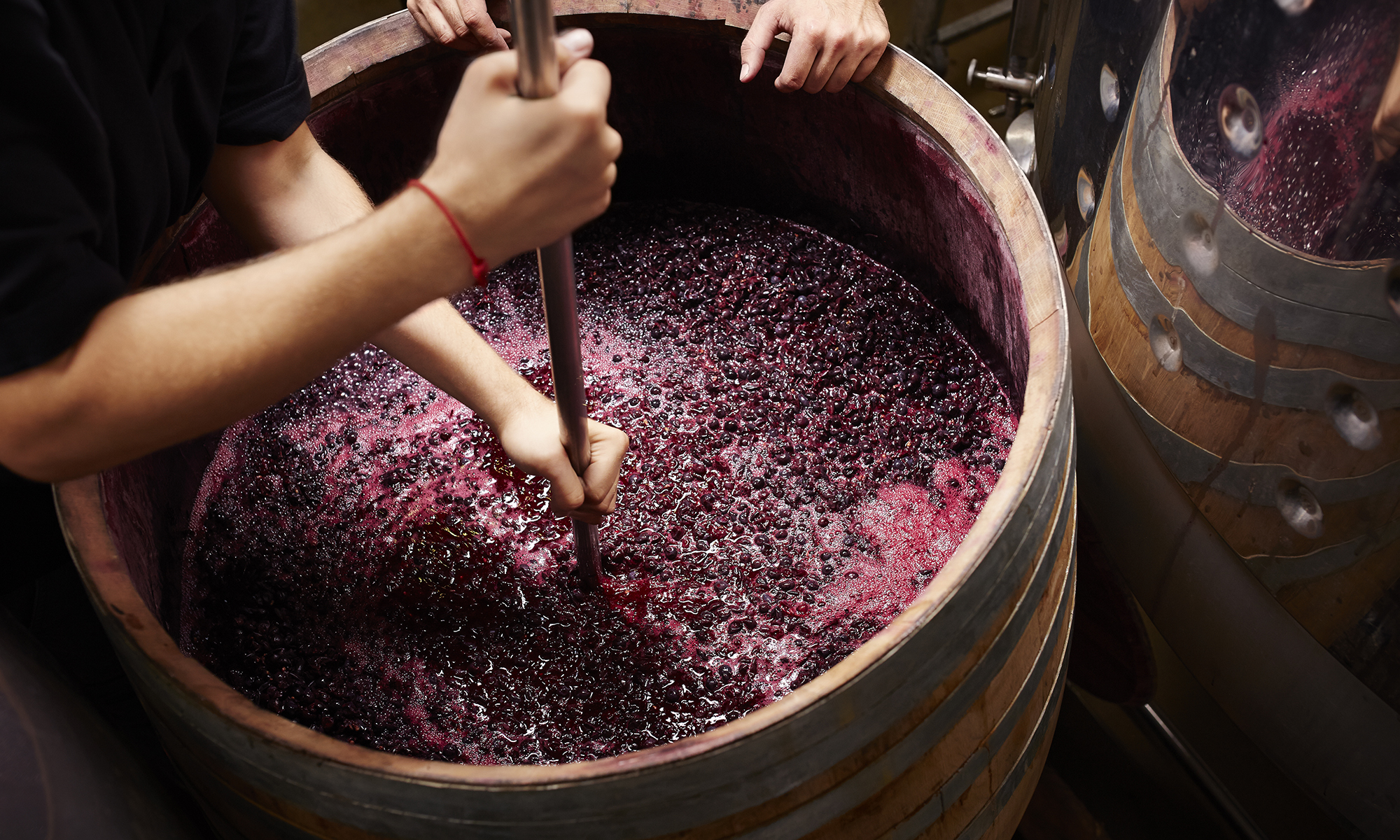



Article by: Hari Yellina
A winemaking family in north-west Victoria set out to demonstrate that premium wine can be produced in a warm region with minimal irrigation or rainfall. The first wines from Chalmers Wines Australia’s bush block, a vineyard with no trellises and only a few overhead sprinklers to simulate rainfall during severely dry periods, have been made available. Owner Kim Chalmers stated, “Back in the day, in Mildura, people were producing bush vine Grenache and things like that because that’s what you did.” We’ve purposefully reverted to that method of cultivation, which requires a lot more work and yields much less, but we want to really push the limits of how dry a grape vine can survive.
According to Ms. Chalmers, textbooks from Europe make the assumption that you need at least 450 millimetres of precipitation annually to develop fruitful vines and produce wine. The annual average rainfall in Mildura is 280mm. We try not to irrigate it too much, but if the vines do need a little water, Ms. Chalmers said, “we give it an overhead irrigation as if it’s had a rain event.” Only 0.5 to 1.6 megalitres of irrigation water have been used per hectare, while the average amount of commercial wine grapes in the region is 6ML. The experiment’s site, near Merbein in north-west Victoria, was an abandoned commercial orange orchard that had gone more than six years without irrigation until it was planted in 2017.
However, orange trees continued to grow there, flourishing with glossy, green foliage and producing sweet, ripe fruit. That suggested to the Chalmers that a vineyard may develop on the property provided drought-tolerant cultivars and a rootstock that could access moisture deep down were chosen. Italian cultivars were chosen, including Inzolia, a white variety from Sicily (also called Ansonica in Tuscany), and a red variety from Puglia called Negroamaro. Over the past 20 years, the Chalmers family has brought both types from Italy. There are 1,600 vines per hectare on the 0.9-hectare area since they are placed 2.5 metres by 2.5 metres apart. There were only 1,224 bottles of Negroamaro and 1,380 bottles of Inzolia made. However, according to Ms. Chalmers, the grapes taken from the block produce “wonderful quality wines with great individuality.” As the vines grow older, she explained, “we’re going to keep pushing them harder and harder to see if we can get away with not watering them at all.”